Which Types of Graphic Designers You Want To Be?

The design industry is rich with diverse roles, each offering a unique perspective on creativity and communication. Whether you're just starting out or thinking about shifting your focus, understanding each type of graphic designer can help clarify where your strengths and interests align. Some graphic designers thrive on branding and identity, while others find their passion in web interfaces, packaging, or motion graphics. With digital and print platforms constantly evolving, new opportunities continue to emerge across industries.
Knowing the right type of graphic design career for you means identifying the kind of work you enjoy, the challenges you want to tackle, and the audiences you want to engage with. Are you drawn to dynamic visuals that move and animate? Or do you prefer sleek editorial layouts or product packaging on store shelves? Each path offers its own rewards—and responsibilities.
This guide highlights types of graphic designers you can aspire to become. Whether you aim to work independently as a freelancer or grow within an agency or corporate environment, there's a design niche that matches your vision. Let’s explore which type of graphic designer you want to be and what makes each role stand out in the creative field.
Branding Designer
Among the most sought-after types of graphic designers, branding designers play a key role in shaping how a business presents itself to the world. These professionals specialize in creating visual identities that are memorable, consistent, and aligned with a brand's mission and values. Their work often begins with understanding a brand’s personality, target audience, and market positioning, followed by the development of logo systems, typography, color palettes, icons, and brand guidelines.
A branding designer ensures that every design element works together to form a cohesive identity across all touchpoints—from packaging and signage to digital platforms and print materials. This type of graphic designer must think strategically and conceptually while also having a keen eye for detail. The outcome is not just visually appealing design but also a strong emotional connection between the brand and its audience.
Collaboration is a major part of the role. Branding designers often work with marketing teams, copywriters, and business owners to ensure that the design truly reflects the essence of the brand. Whether developing a startup’s identity from scratch or refreshing a legacy brand, these designers lay the foundation for visual recognition and trust.
If you’re drawn to shaping narratives through visual systems, this might be the type of graphic design career for you. It’s a field where creativity meets business strategy—where every color, shape, and font has a purpose and lasting impact.
UI Designer
A UI (User Interface) designer is a specialized type of graphic designer who focuses on the look and feel of digital products. Their job is to create intuitive, visually appealing interfaces for websites, mobile apps, software, and other interactive platforms. Every button, menu, screen layout, and icon is crafted to guide the user experience and ensure seamless navigation.
UI designers must combine aesthetic design with usability. They translate wireframes and UX strategies into polished visual designs, ensuring that color schemes, typography, spacing, and imagery are not only attractive but also functional. Consistency is critical in this type of design—users should recognize patterns and elements across the platform to interact efficiently.
This role requires strong collaboration with UX designers, developers, and product teams. While the UX designer maps out the flow and structure, the UI designer breathes life into it with a refined visual language. Tools like Figma, Sketch, and Adobe XD are essential in their workflow.
Attention to detail is everything. A UI designer not only considers the layout but also how transitions animate, how states (like hover or click) respond, and how the design adapts across devices. For graphic designers who enjoy problem-solving, digital aesthetics, and technology, UI design is an exciting and ever-evolving type to pursue.
UX Designer
A UX (User Experience) designer is a unique type of graphic designer who focuses on how a product feels and functions rather than how it looks. Their primary goal is to create smooth, efficient, and enjoyable experiences for users interacting with digital products such as websites, mobile apps, or software. Unlike UI designers who design the interface's visual elements, UX designers work behind the scenes to map out user flows, wireframes, and interaction logic.
This type of designer uses research-driven methods to understand user needs, behaviors, and pain points. They often conduct user interviews, build personas, and create prototypes to test usability before a product goes into development. Understanding how people think and navigate digital environments is at the heart of UX design.
A UX designer collaborates closely with UI designers, developers, and product managers to ensure that the product is not just usable but intuitive and engaging. Empathy, analytical thinking, and iterative testing are key qualities in this role.

Motion Graphics Designer
A motion graphics designer is a dynamic type of graphic designer who blends animation, visual effects, and typography to bring visuals to life. This role is especially popular in advertising, video content, social media, and multimedia presentations where movement enhances storytelling.
Motion graphics designers work with animation software such as Adobe After Effects, Cinema 4D, or Blender to create transitions, kinetic typography, animated logos, explainer videos, and digital ads. Their work adds energy and clarity to a brand’s message, often making complex information more engaging and easier to understand.
This type of graphic designer must possess a strong understanding of timing, visual rhythm, and narrative structure. While traditional design skills are still important, motion designers take it a step further by thinking in frames per second and working with storyboards and audio cues.
Collaboration is essential, especially when projects involve video editors, scriptwriters, or creative directors. Whether it’s enhancing a user interface with micro-interactions or producing an animated product demo, the motion graphics designer is a storyteller in motion.
For graphic designers who enjoy film, animation, or visual storytelling, this is a thrilling type of design career. It’s fast-paced, creative, and ideal for those who want to turn static visuals into immersive visual experiences.
Digital Illustrators
Digital Illustrators are a unique type of graphic designer who create visual art using digital tools and software. Unlike traditional graphic designers focused on layouts and branding, digital illustrators are artists at heart, creating custom illustrations for various purposes like book covers, editorial spreads, advertising, and video game assets. This role demands not only strong drawing skills but also proficiency in digital illustration software like Adobe Illustrator, Photoshop, and Procreate.
Digital illustrators bring concepts to life by visually translating ideas into art that resonates with a specific audience. Their work often serves as the focal point in projects, capturing attention and conveying stories or messages in a memorable way. They may work closely with writers, marketers, and other designers to ensure the illustrations align with the overarching theme or narrative of the project.
Packaging Designers
Packaging Designers specialize in creating the visual appearance of product packaging, which plays a critical role in influencing consumer decisions. This type of graphic designer blends art, marketing, and product functionality to create packaging that not only protects the product but also attracts potential customers. Packaging design is a versatile field, requiring an understanding of both 2D design and 3D form, as the designer must conceptualize how the final product will look from all angles.
A packaging designer’s work begins with understanding the brand and product message, along with researching competitor designs to create packaging that stands out on the shelf. They consider various elements like color, typography, imagery, and materials to develop packaging that conveys the brand’s identity while ensuring it is practical and sustainable. Common tools for packaging designers include Adobe Illustrator, Photoshop, and CAD software for 3D mockups.
Environmental Graphic Designers
Environmental Graphic Designers (EGDs) create visual designs that connect people to physical spaces, enhancing the way they experience and navigate environments. This type of graphic designer merges architecture, landscape, and graphic design to develop cohesive visual experiences in public and private spaces, such as museums, parks, retail stores, and corporate offices. Environmental graphics can range from wayfinding systems and signage to large-scale wall murals, interactive displays, and branded spaces.
The work of environmental graphic designers goes beyond aesthetics; it’s about enhancing functionality and guiding users through spaces efficiently. They consider the flow of people within the environment and ensure that visual elements are both intuitive and inviting. Using a variety of materials and digital tools, EGDs create immersive experiences that evoke emotions, reinforce brand identity, and improve accessibility.

Web Designers
Web Designers specialize in creating visually engaging and functional websites, an essential part of any business’s digital presence. As one of the most versatile types of graphic designers, web designers focus on both the appearance and usability of websites. They work on layout, color schemes, typography, and interactive elements to create seamless and visually appealing user experiences on desktops and mobile devices.
A successful web designer understands how to balance aesthetics with functionality, ensuring that the site not only looks great but also provides a smooth, intuitive user journey. They often work closely with developers, copywriters, and digital marketers to align the design with the site’s purpose and audience. Tools commonly used in web design include Adobe XD, Sketch, and Figma for prototyping, along with a basic understanding of HTML, CSS, and JavaScript to communicate effectively with developers.
3D Designers
3D Designers are specialized graphic designers who create three-dimensional visuals for a wide range of applications, including gaming, film, architecture, and product design. These types of graphic designers use advanced software like Blender, Autodesk Maya, and Cinema 4D to model, texture, and animate objects in a virtual space, bringing ideas to life in a format that can be viewed and interacted with from all angles.
3D design is a multidisciplinary field that combines elements of graphic design, animation, and digital sculpting. For example, in product design, 3D designers can create realistic prototypes that help manufacturers visualize the end product before production. In architecture, they develop lifelike renderings of buildings and interiors, aiding architects and clients in visualizing spaces. In gaming and film, 3D designers build characters, environments, and special effects that form immersive worlds.
This specialization requires a strong understanding of spatial design, lighting, and texture to produce visuals that feel realistic or stylized, depending on the project’s needs. Additionally, a 3D designer must possess a deep knowledge of rendering techniques and animation principles to produce high-quality, interactive visuals.
Advertising and Promotional Designers
Advertising and Promotional Designers are a key type of graphic designer focused on creating visuals that drive consumer engagement and brand awareness. These designers work primarily in marketing and advertising, developing eye-catching visuals for both print and digital platforms, such as posters, social media ads, banners, and email campaigns. Their designs are crafted to be persuasive, capturing attention quickly and motivating consumers to take action.
The work of an advertising designer involves understanding target audiences and the psychology of consumer behavior. They use elements like bold colors, strategic typography, and compelling imagery to create ads that resonate with viewers and communicate key messages effectively. Tools like Adobe Photoshop, Illustrator, and InDesign are commonly used to bring these designs to life with high visual impact.
Advertising designers often collaborate with marketing teams, copywriters, and brand strategists to ensure that their visuals align with the overall campaign strategy and brand voice. They must also stay updated on industry trends and adapt their designs to suit various media formats and platforms.
Conclusion
Choosing the right type of graphic design career depends on your interests, skills, and the kind of creative impact you want to make. From branding and UX to motion graphics and editorial layouts, each path offers its own challenges and rewards. Understanding these roles helps you align your strengths with the right opportunities in the design industry. Whether you're drawn to strategy, visuals, interaction, or storytelling, there’s a perfect fit among the many types of graphic designers. Keep exploring, stay curious, and refine your craft to build a career that reflects your passion and unique design perspective.
Let Us Know What You Think!
Every information you read here are written and curated by Kreafolk's team, carefully pieced together with our creative community in mind. Did you enjoy our contents? Leave a comment below and share your thoughts. Cheers to more creative articles and inspirations!


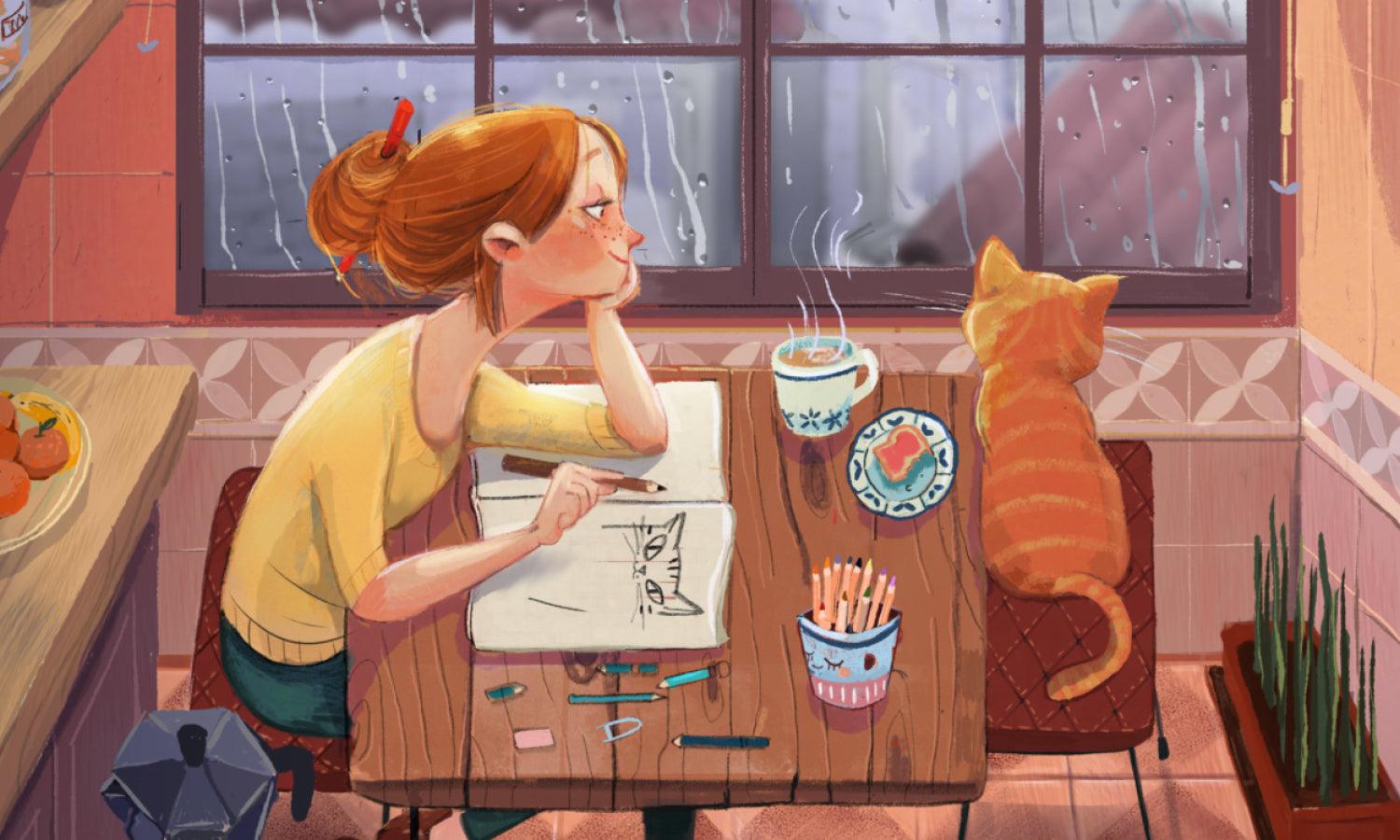
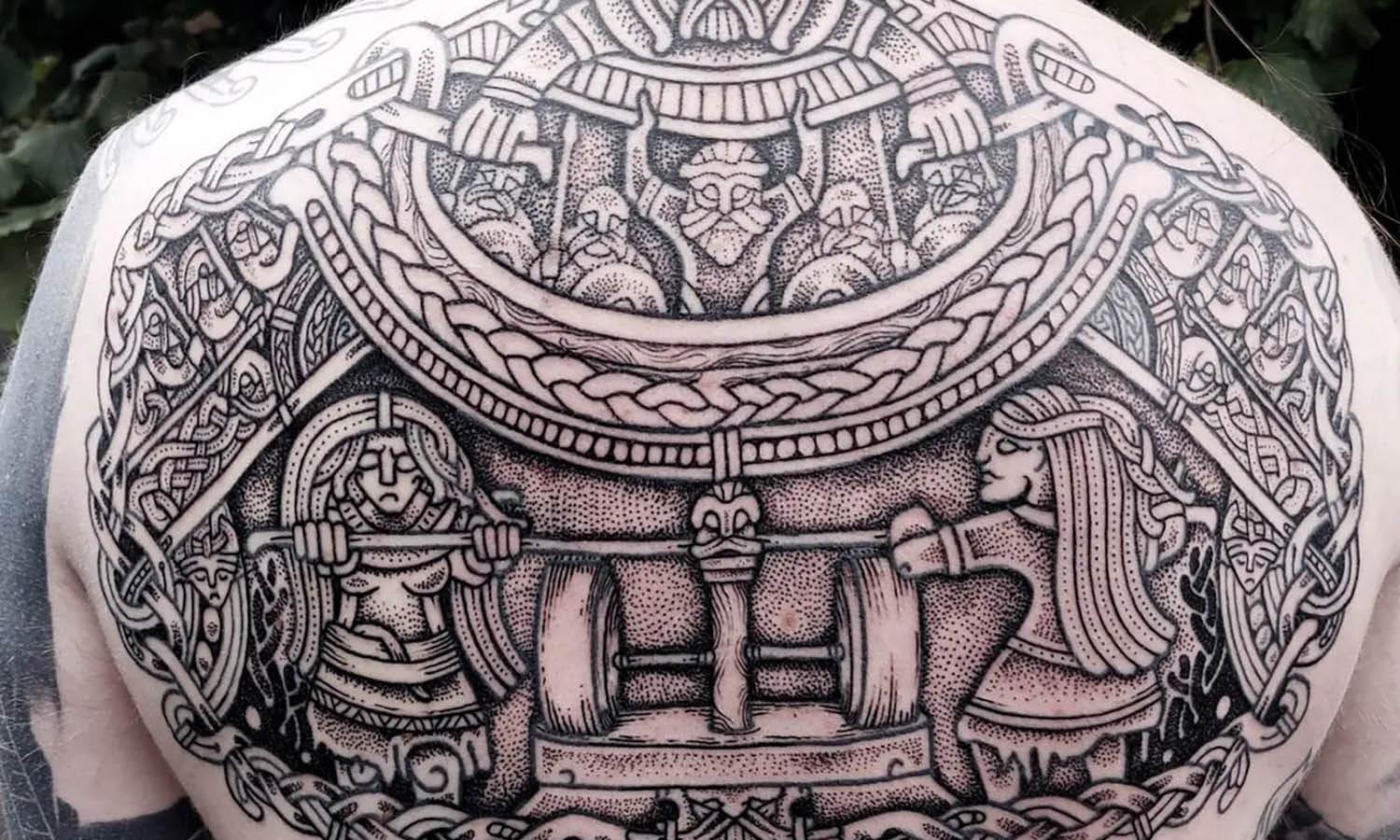
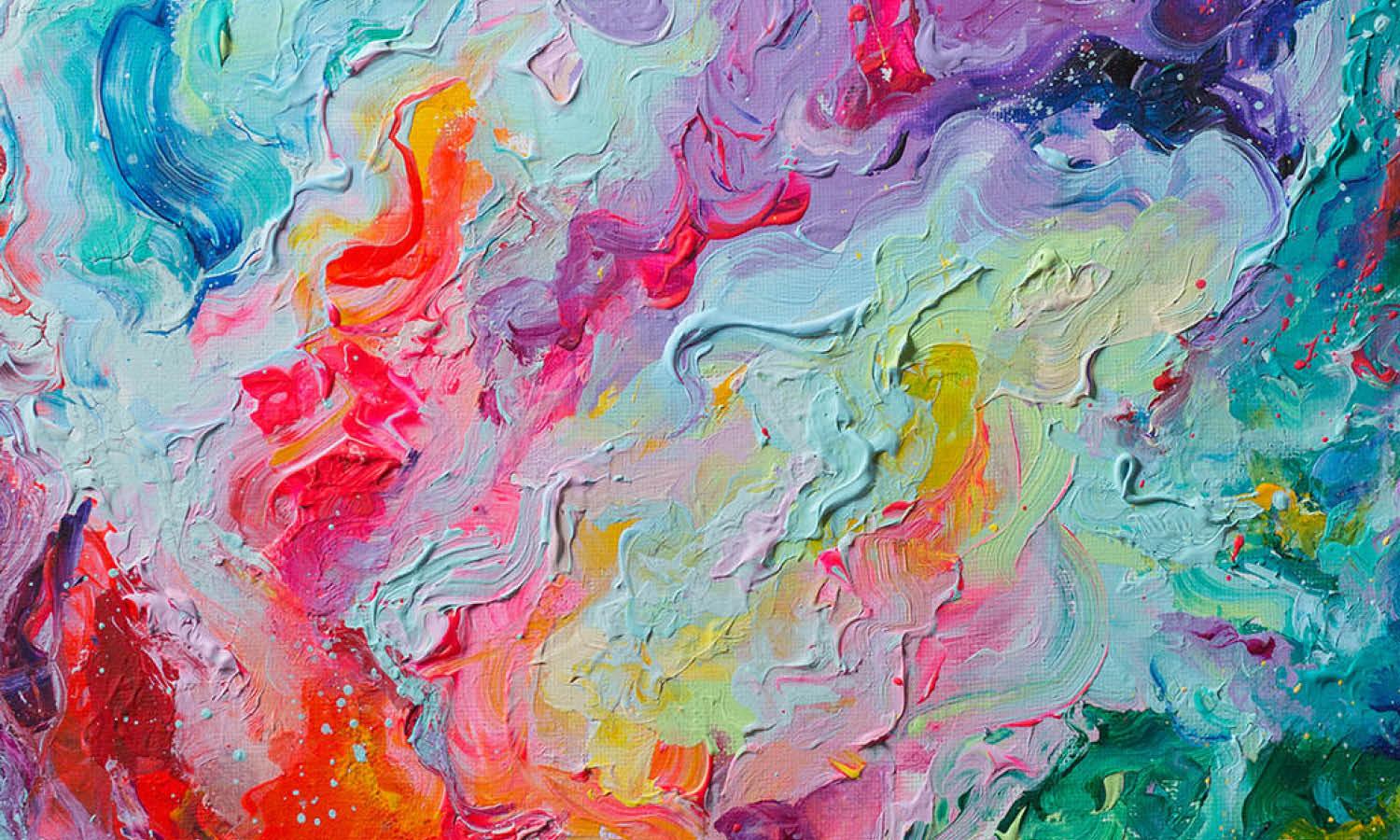
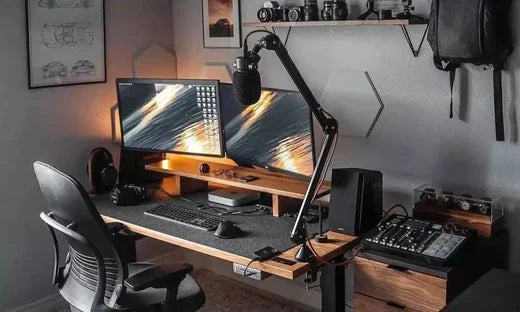
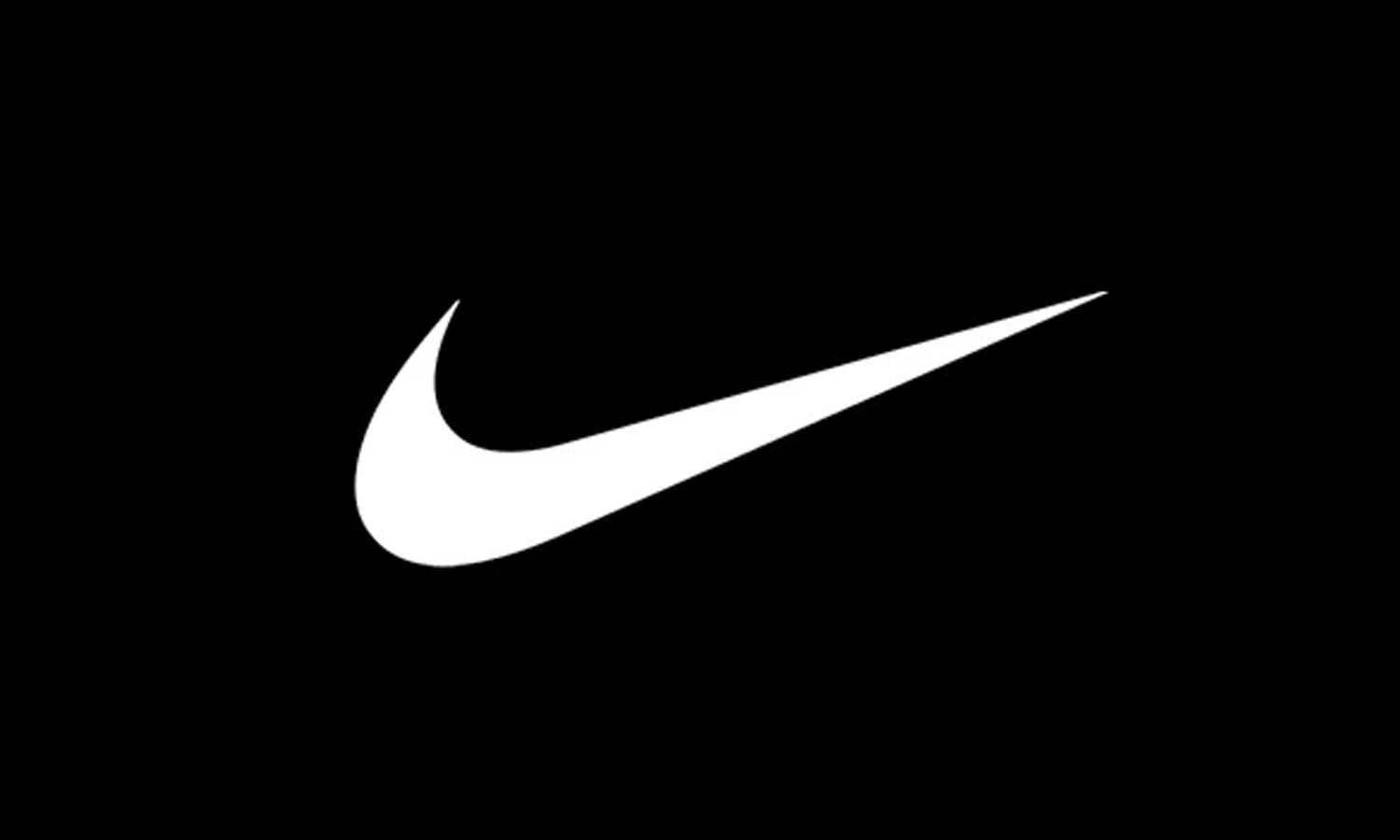
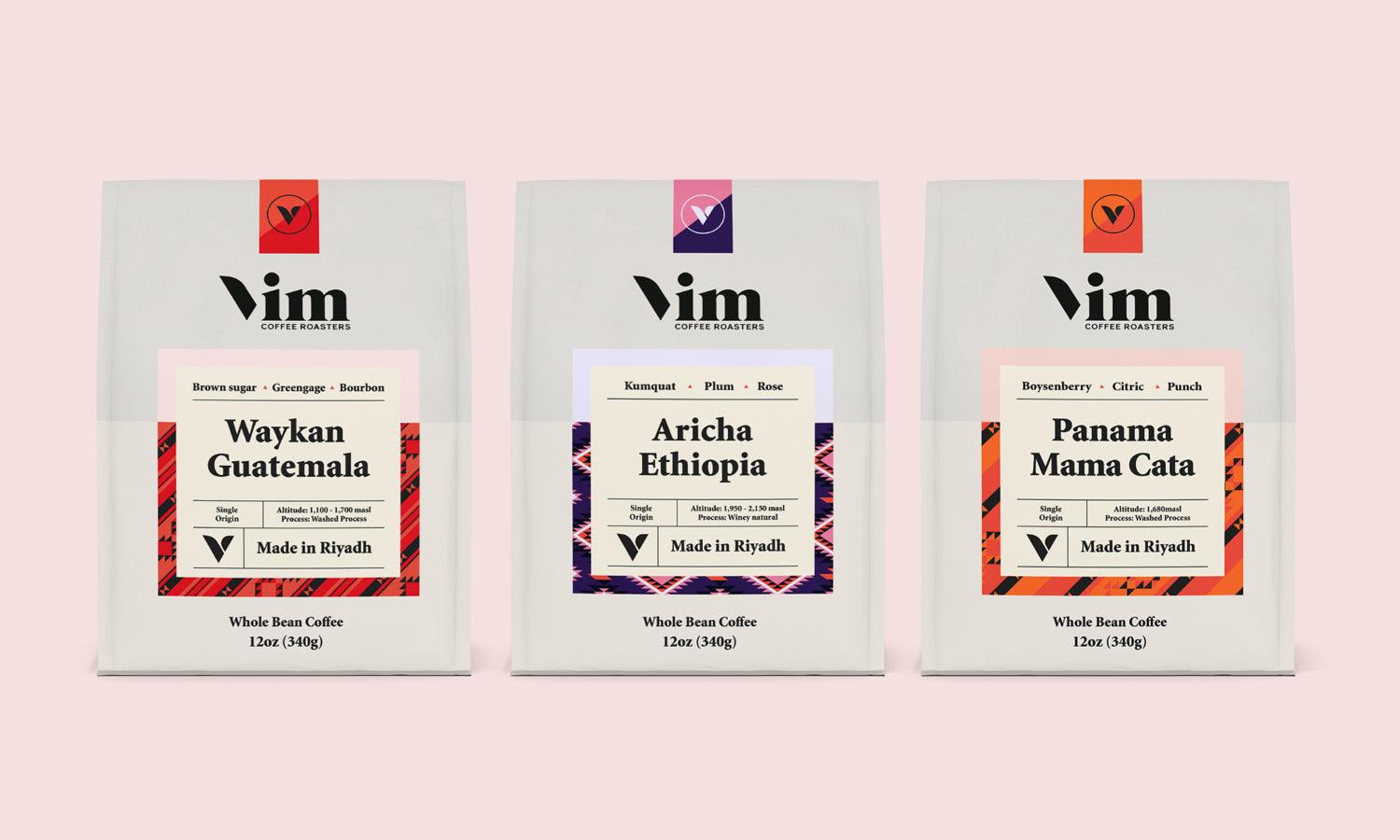
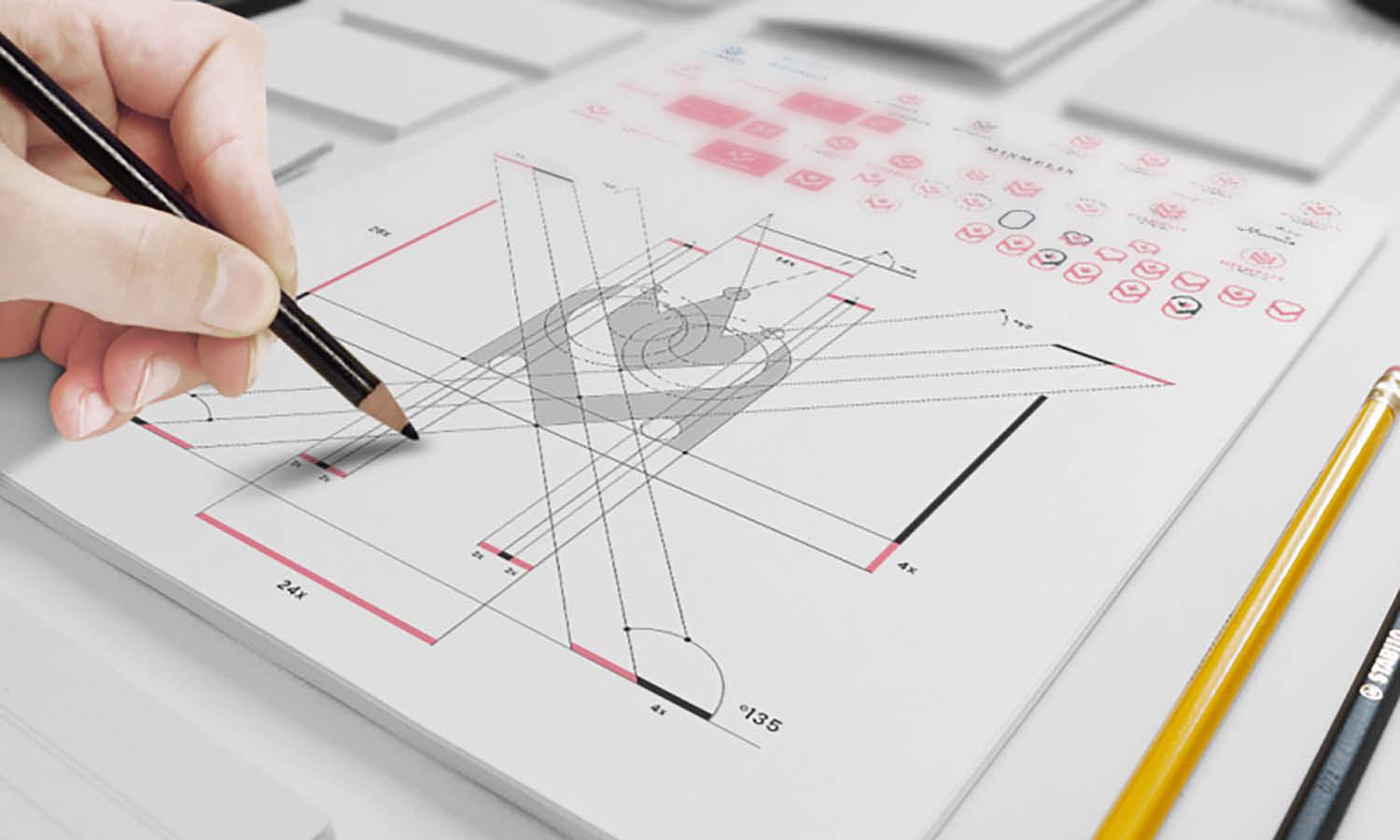
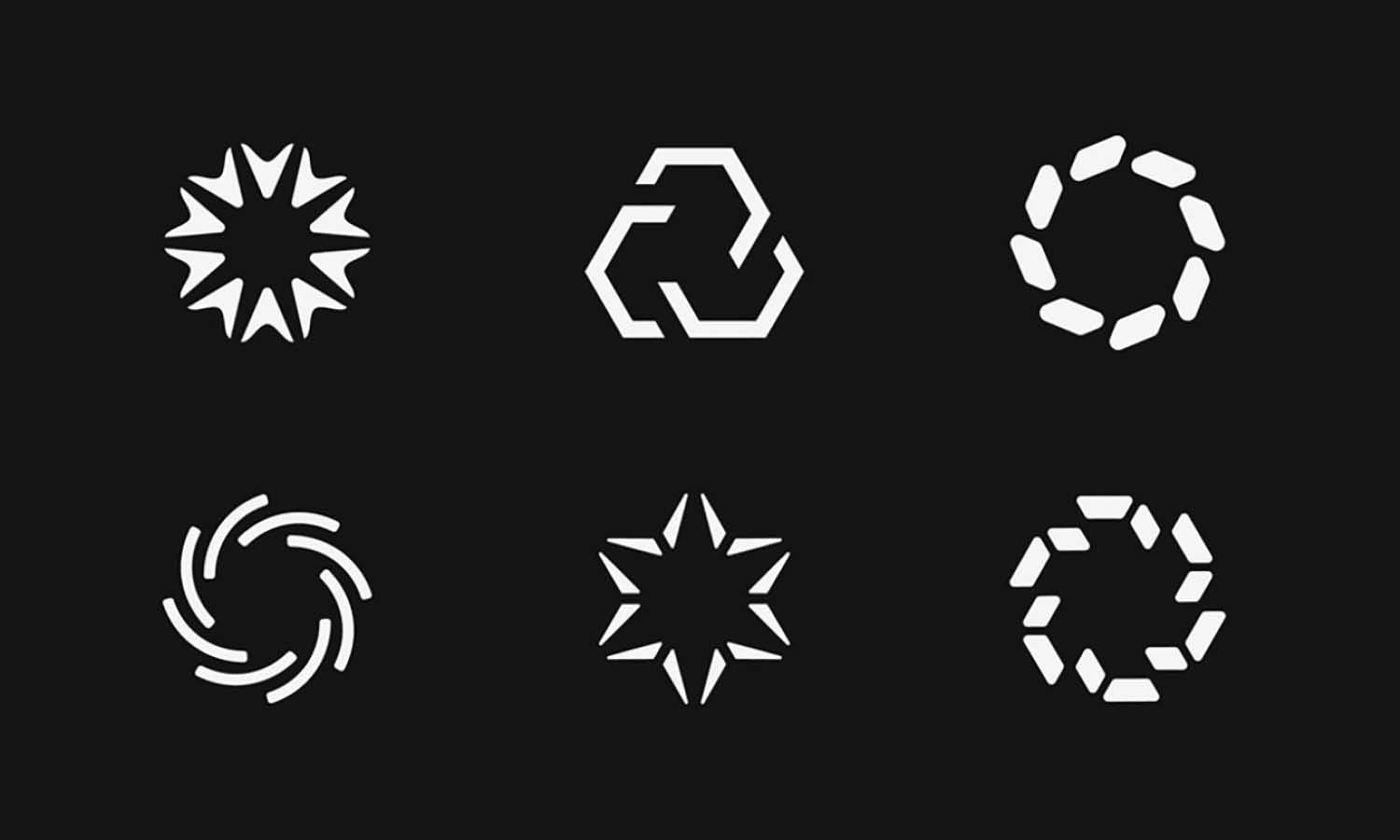
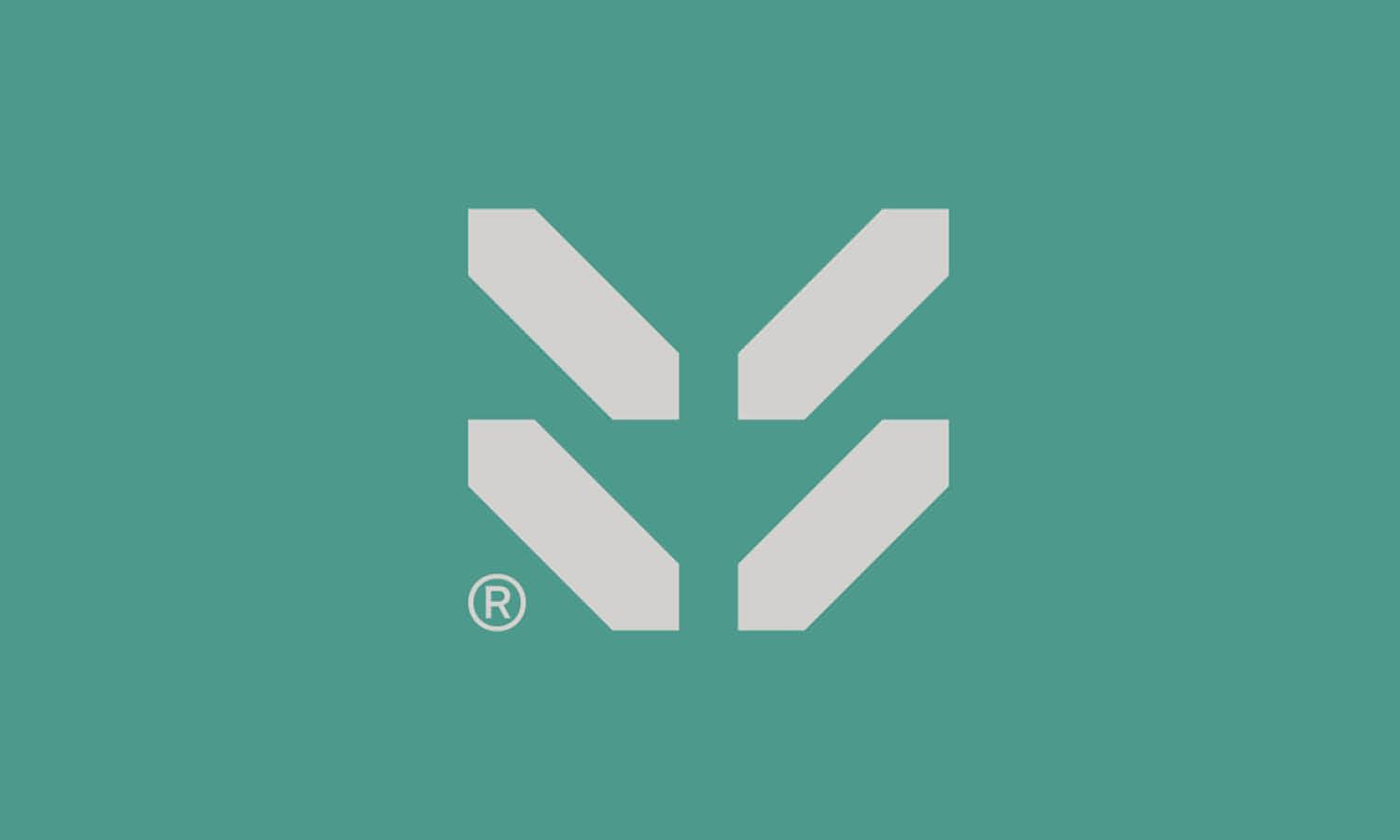





Leave a Comment